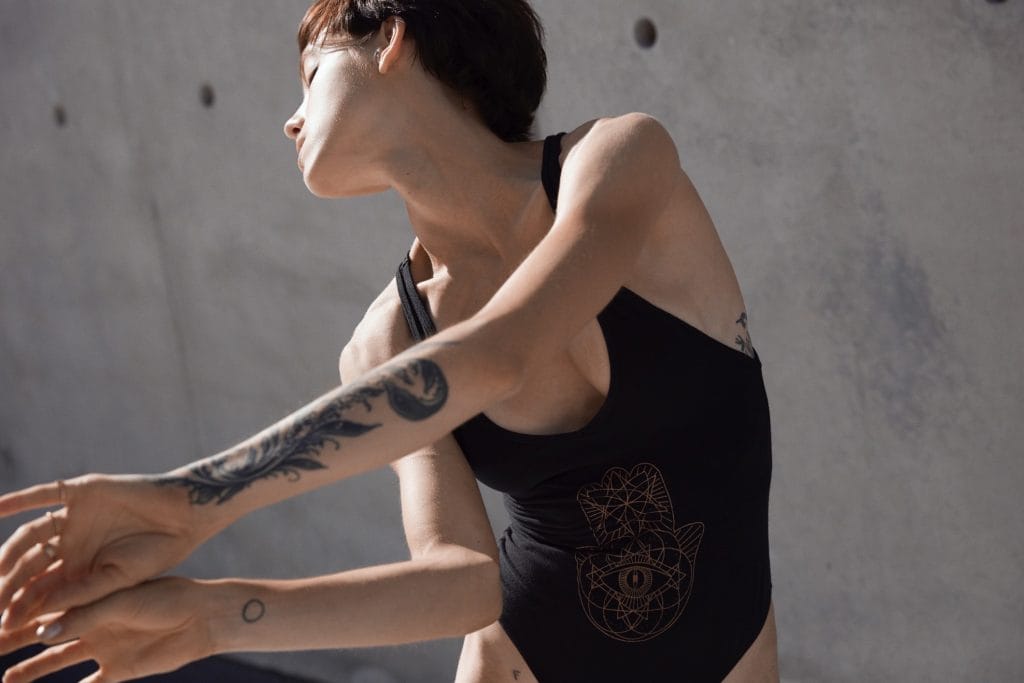
Getty Images
The thought of infinite ‘rest days’ might have seemed appealing at first as we tip-toed our way into self-isolation, but now, aches are becoming more apparent, opening and closing the fridge door is quite often the only ‘reps’ we’re practising and the general feeling is one of sluggishness. The key is to recognise your slump and implement an action plan before your body really starts to play tricks on you because not moving can quickly lead to everything from digestive issues and decreased metabolism to weight gain and low mood.
“Sedentary behaviour has been proven in countless studies to be bad for the body,” explains Matt Lawson, dietician and health expert. “A lack of movement has a direct influence on your muscle mass, effectively reducing the levels of muscle and therefore reducing your metabolism.”
But don’t panic, here’s what you can do to tackle each and every niggle, so you’ll feel nicely nimble for the foreseeable future…
This article originally appeared in Harper's BAZAAR UK



